If you live in the U.S., chances are your home—or your business space—needs help controlling humidity. From Florida’s sticky summers to the damp basements of the Midwest and the storm-heavy Gulf Coast, dehumidifiers are the unsung heroes keeping mold, mildew, and musty odors at bay. But here’s the thing: dehumidifiers aren’t “set it and forget it” machines.
A well-built unit like the Abestorm Hurricane 800 is designed for long-term durability, but even the best models need a little love. Without regular upkeep, performance drops, energy bills rise, and in the worst case, you’ll end up shopping for a replacement sooner than you’d like.
The good news? Just 5 minutes of monthly maintenance can extend your dehumidifier’s life by years. Below, we’ll cover five easy steps—plus practical tips tailored to models with pumps and continuous drain systems.

5 Steps to 5-Minute Monthly Maintenance
Step 1: Keep the Drain Pipe Clean
If your dehumidifier has a built-in pump or continuous drain option, the drain pipe is the lifeline of the system. Over time, dust, lint, or even mold can collect in the hose, causing blockages that force the pump to work harder.
A clogged pipe doesn’t just cause leaks—it can burn out the pump motor, leading to costly repairs. That’s why high-capacity models like the Abestorm Hurricane 800, with their heavy-duty drain pumps, are built for continuous use but still benefit from simple monthly flushing.
How to clean it (monthly):Power down and unplug your unit. Detach the drain hose. Flush it with warm water mixed with a splash of white vinegar. Run clean water through to rinse. Reattach and make sure there are no kinks or bends.
In humid climates like Louisiana or coastal Texas, check the hose twice a month during peak summer. Salt and debris can accumulate faster in coastal air.
Step 2: Clean or Replace the Air Filter
Just like HVAC systems, your dehumidifier’s filter traps dust, pollen, and airborne particles. When clogged, it restricts airflow, making the compressor work overtime.
A clean filter doesn’t just prolong the life of your unit—it also improves indoor air quality, reducing allergens in your space. That’s one reason Abestorm dehumidifiers are popular for basements and crawl spaces: they’re designed with easy-access filters that can be swapped in seconds.
If washable: rinse with mild soap and lukewarm water, air-dry fully before reinstalling.
If replaceable: swap every 3–6 months, depending on your environment (pets, dust, construction).
If you’re running a dehumidifier in a commercial setting—like gyms, warehouses, or server rooms—filters clog faster due to higher air circulation. Make “filter Friday” a quick monthly habit for staff.
Step 3: Inspect and Protect the Coils
The evaporator and condenser coils are where the magic happens. But if dust builds up, condensation doesn’t form properly, and your unit may freeze over.Coils are expensive to replace. A 2-minute seasonal wipe keeps them efficient and protects your dehumidifier’s heart.
How to maintain: Once a season (4x/year), open the panel and vacuum dust with a brush attachment. For sticky grime, lightly wipe with a soft, damp cloth. Never use sharp tools (you’ll bend the fins).
If you live in northern states where basement temps dip below 60°F, ice buildup is common. To prevent it, keep your space slightly heated or turn off the unit until temperatures rise.
Step 4: Empty and Sanitize the Water Reservoir
Even if you use the pump option, many dehumidifiers still have a backup tank. Left uncleaned, stagnant water becomes a breeding ground for mold and bacteria. Clean reservoirs prevent odors, protect your health, and reduce the risk of mold spreading back into your home.
Monthly cleaning routine: Power off the unit. Remove the water bucket. Wash with warm, soapy water. Add a teaspoon of white vinegar, swish, rinse, and dry.
The Abestorm Hurricane 800 is built for continuous drainage, but if you run it in tank mode during off-season, always sanitize before restarting.
Step 5: Give It Breathing Room & Reset Safely
Dehumidifiers need airflow. Placing them flush against a wall or cramming them into tight corners chokes their efficiency. Short cycling (rapid on/off) is one of the fastest ways to kill a dehumidifier. That 10-minute pause could save you years of life.
Best practice: Keep at least 6–12 inches of clearance around the unit. Elevate it in flood-prone basements to avoid short-circuiting. After maintenance, always wait 10 minutes before powering back on. This allows pressure in the refrigeration system to equalize, preventing compressor damage.
Seasonal Deep Care: Beyond the 5-Minute Monthly Routine
Your monthly 5-minute checks will keep things smooth, but at least once or twice a year, it’s worth doing deeper seasonal maintenance:
- Check the hygrometer: Invest in a digital hygrometer to confirm your dehumidifier’s humidity readings are accurate. Aim for 50–60% RH indoors.
- Inspect the pump system: For models like the Hurricane 800, test the pump before storm season to ensure it can handle heavy-duty drainage.
- Store smart: If you don’t run your unit year-round, dry it completely before storage and cover it to prevent dust.

When to Consider an Upgrade
Sometimes, no amount of cleaning can save an underpowered or aging dehumidifier. If you notice:
Rising energy bills despite regular maintenance
Unit struggling to keep RH below 60%
Constant icing or pump failures
…it may be time to invest in a newer, more efficient model.
For U.S. homeowners, commercial spaces, or restoration pros, Abestorm dehumidifiers—especially high-capacity units like the Hurricane 800 (270 PPD)—offer powerful moisture removal, built-in pumps, and rugged build quality designed for American basements, crawl spaces, and flood-prone areas.
Conclusion: Small Steps, Big Results
Extending the life of your dehumidifier isn’t rocket science. With just five quick monthly steps—cleaning the drain pipe, swapping filters, protecting coils, sanitizing the reservoir, and giving your unit space—you can add years to its lifespan.
Think of it like car maintenance: a little routine care prevents costly breakdowns. And if you’re shopping for a reliable upgrade, consider heavy-duty options like the Abestorm Hurricane 800, built for long life and low maintenance in even the most challenging U.S. environments.
Humidity might be inevitable, but with the right maintenance—and the right equipment—you stay in control.

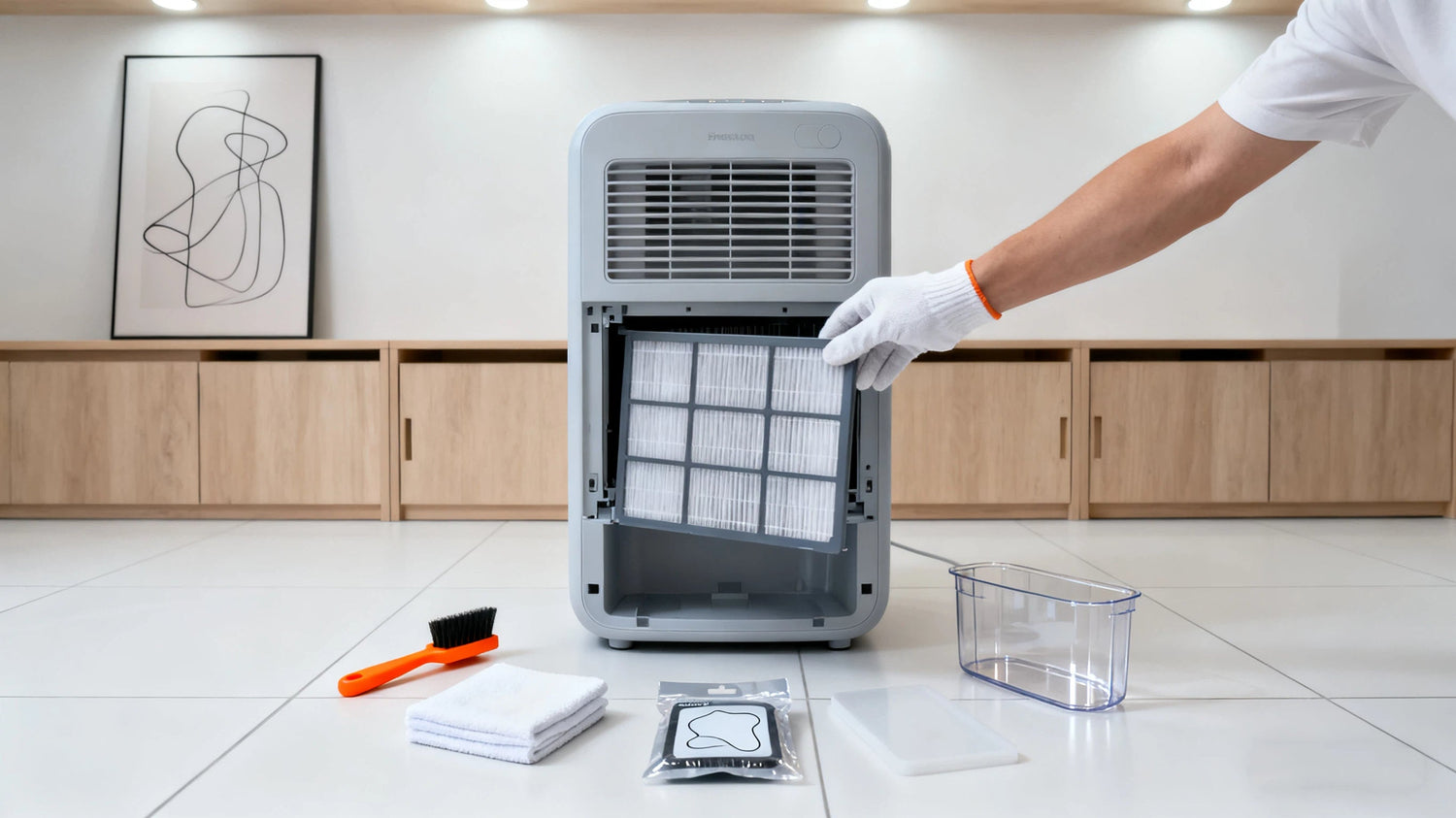
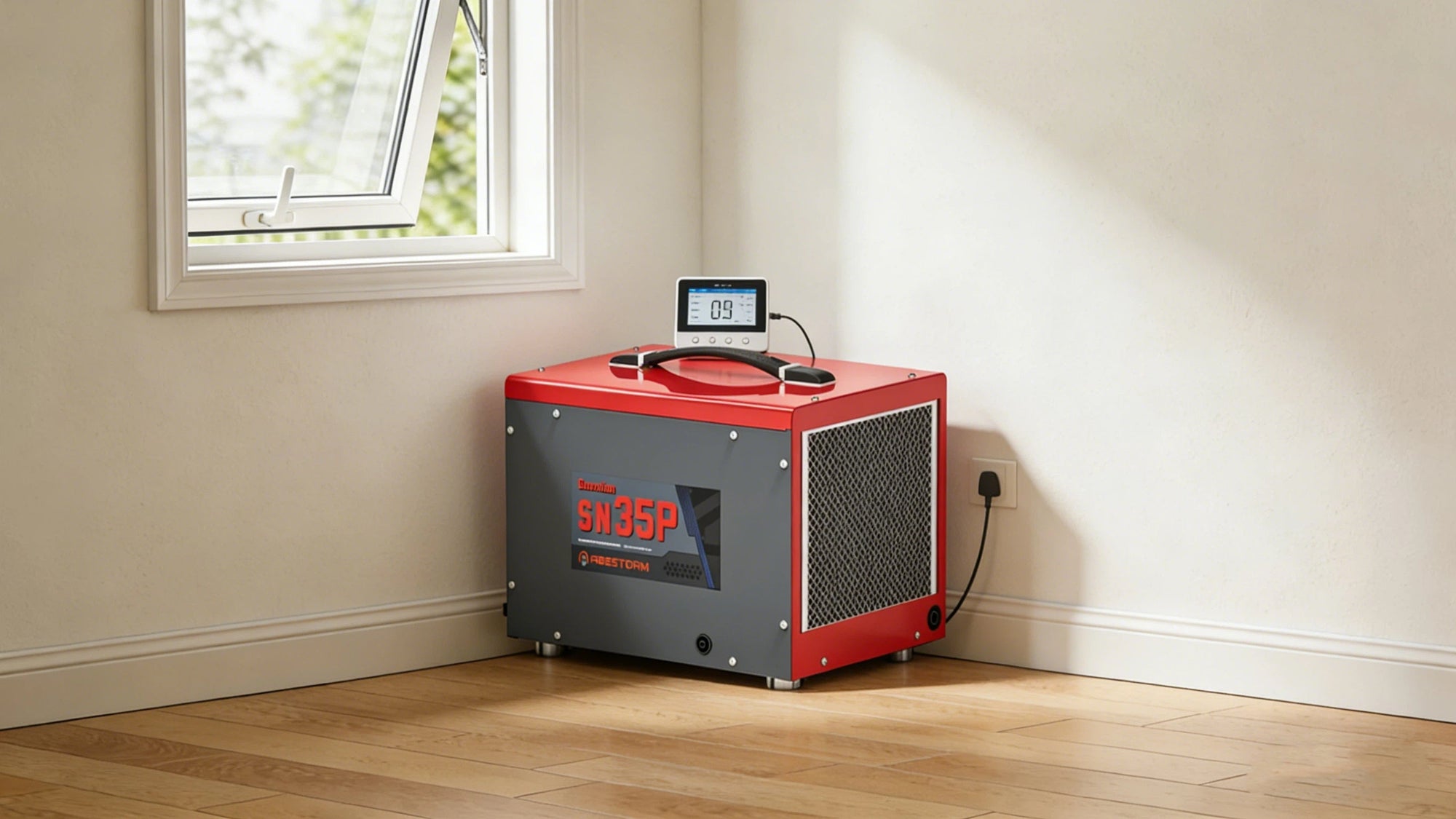
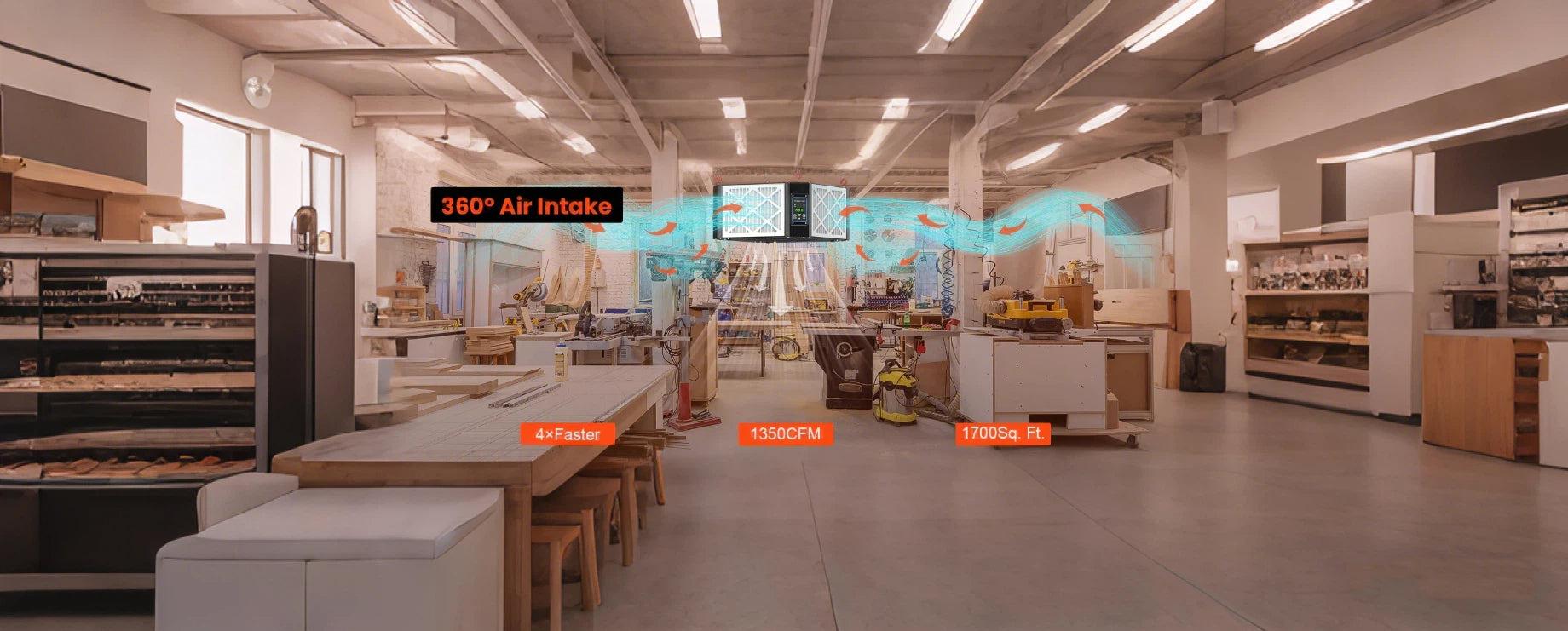
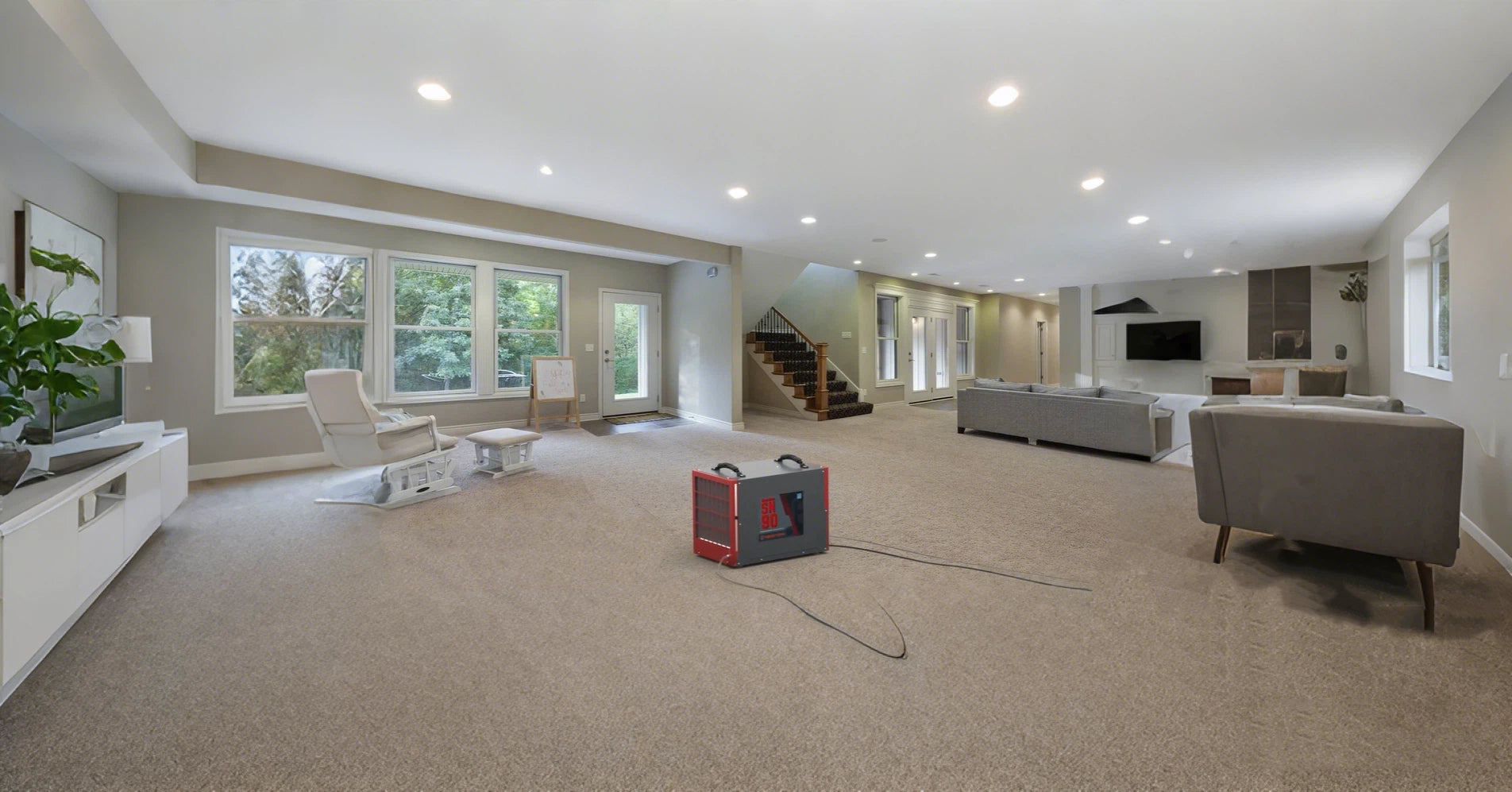

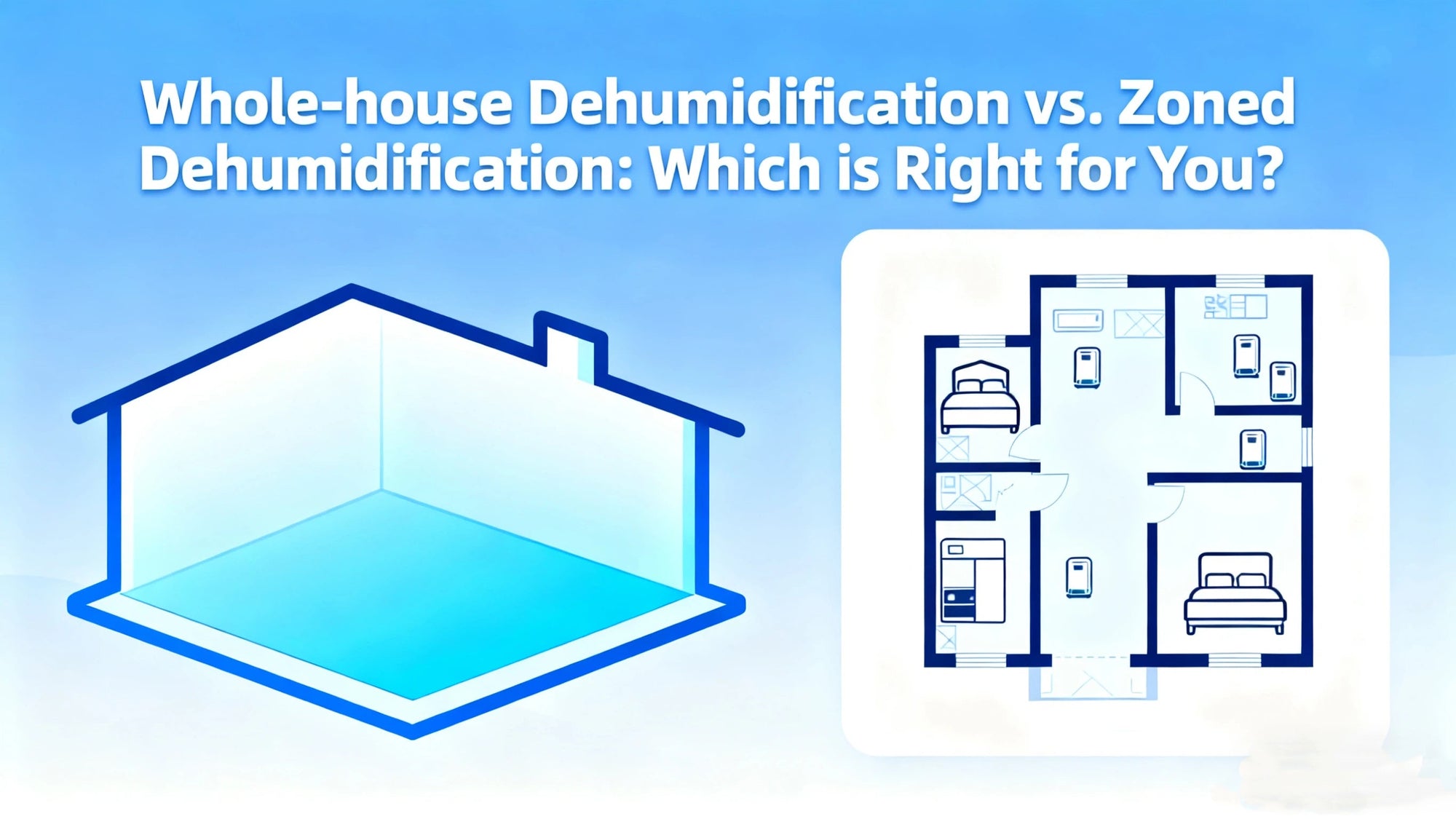
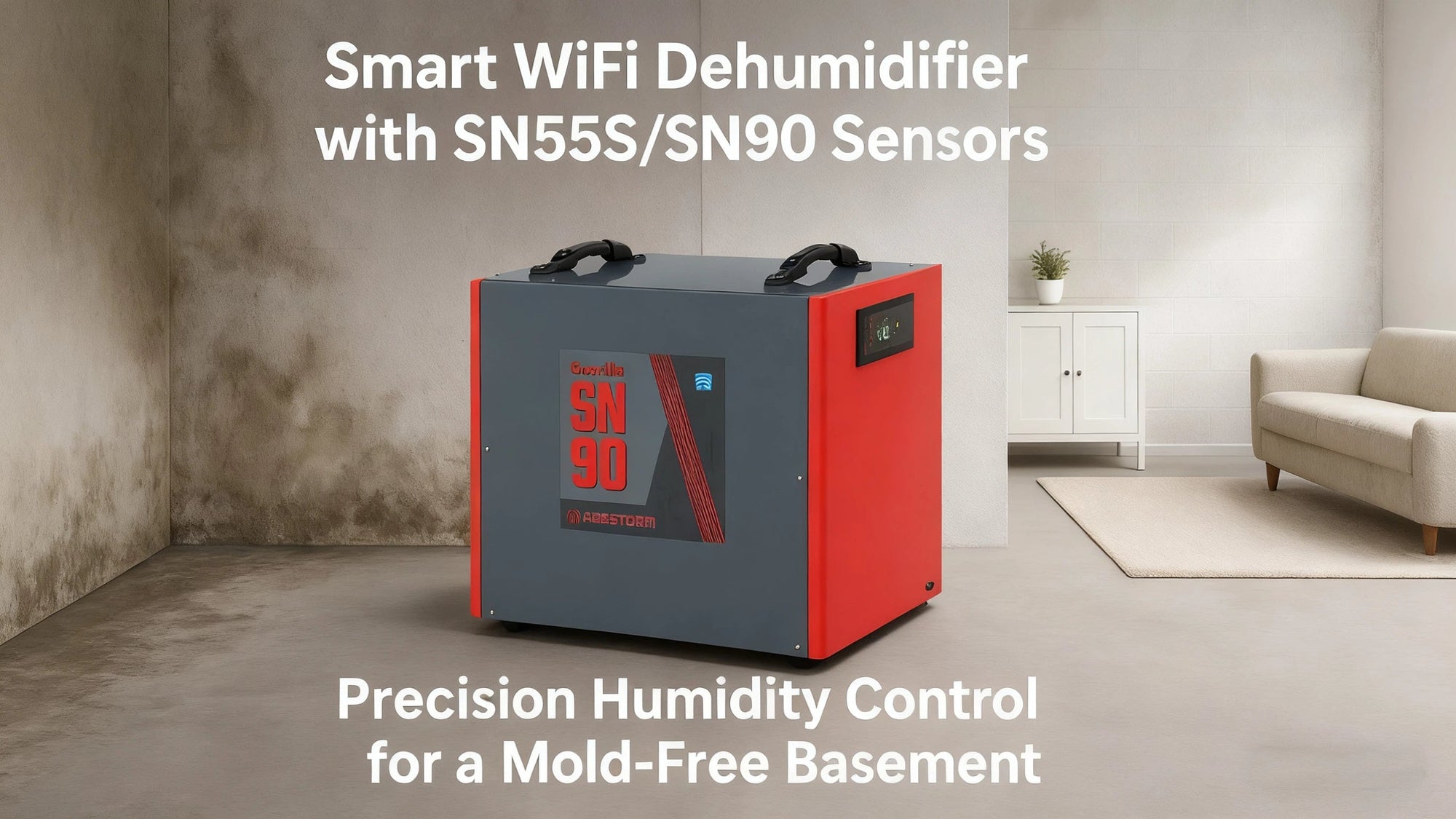
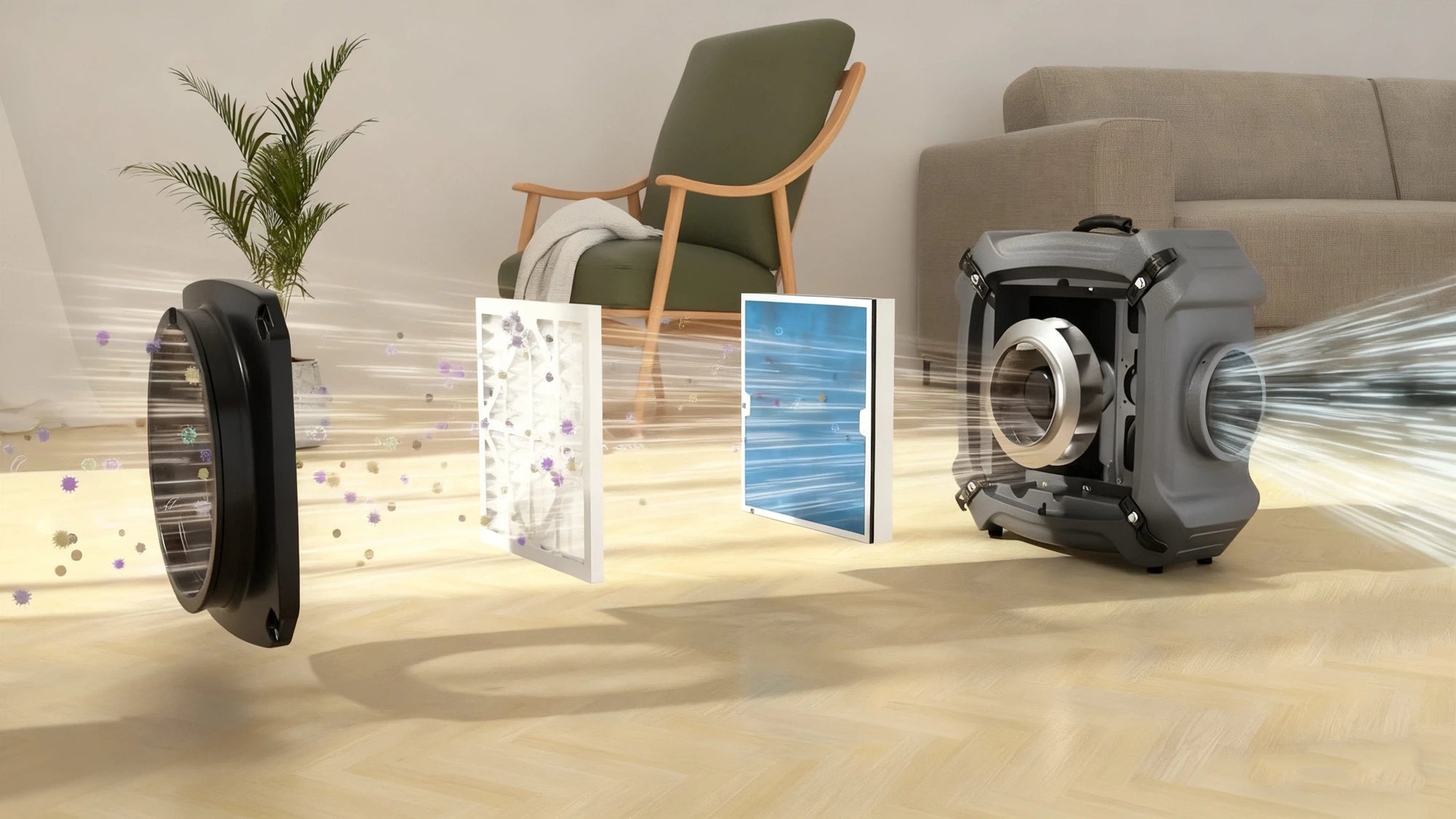
Shop For Dehumidifier
Abestorm 170 PPD 2,100 Sq.Ft Commercial Dehumidifier with Pump and Drain Hose | Hurricane 800
Abestorm 180 PPD 2,300 Sq.Ft Commercial Dehumidifier with Pump and Drain Hose | Hurricane LGR85
Abestorm 264 PPD 3,000 Sq.Ft Commercial Dehumidifier with Pump and Drain Hose | Hurricane 125P
Abestorm 180 PPD 2,300 Sq.Ft Commercial Dehumidifier with Pump and Drain Hose | Hurricane 850